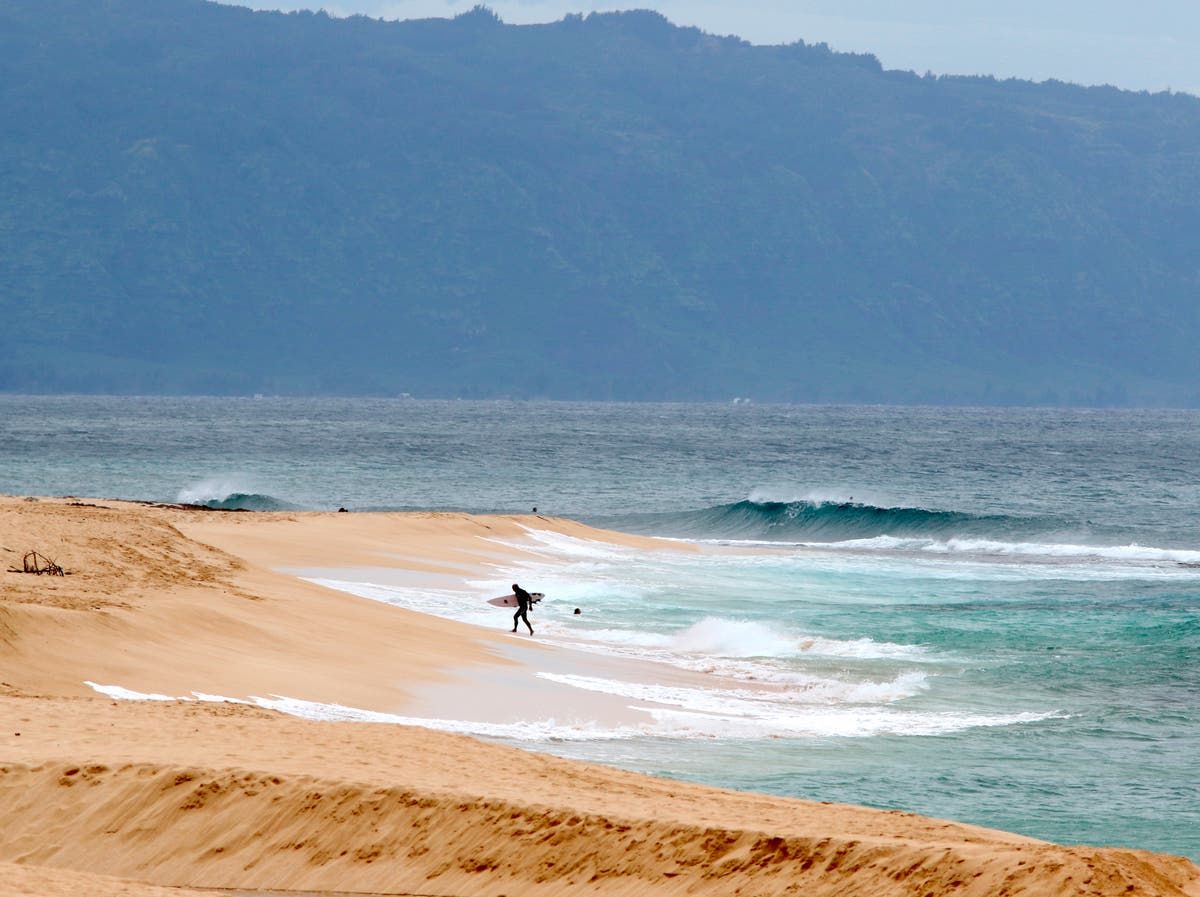Shark Attack Statistics and Patterns

Shark attacks are relatively rare events, but they can have a profound impact on the lives of those involved. In this section, we will explore the statistics and patterns of shark attacks around the world.
Sharks, the apex predators of the ocean, have always struck fear into the hearts of humans. From the deadly great white to the more elusive tiger shark, these creatures possess an unmatched power and ferocity. Yet, even in the face of such danger, people continue to venture into their domain, often with tragic consequences.
Like the unfortunate Alabama man who drowned in Panama City Beach here , a reminder that the ocean remains a wild and unforgiving place.
Globally, there were an average of 73 unprovoked shark attacks on humans each year between 2010 and 2019. Of these attacks, 10% were fatal. The majority of attacks (63%) occurred in coastal waters, with surfers and swimmers being the most common victims.
A shark attack is a terrifying experience, but it’s important to remember that they are relatively rare. In fact, you’re more likely to be struck by lightning than attacked by a shark. If you’re swimming in an area where sharks are known to be present, be sure to follow the safety guidelines posted by the beach patrol.
You can also check the flags panama city beach to see if there are any warnings about shark activity. And finally, never swim alone, especially at night.
Seasonal Patterns
Shark attacks are more common during the summer months, when people are more likely to be swimming and surfing in the ocean. In the United States, for example, 60% of shark attacks occur between May and October.
In the realm of the deep, where the predators lurk, the thrill of the hunt is a deadly dance. As the Padres and Phillies clash in a fierce battle, the stakes are high. Predictions swirl , fueling the anticipation like the scent of blood in the water.
But beneath the surface, a different battle rages, where the instinct for survival and the hunger for triumph intertwine.
Time-of-Day Patterns
Shark attacks are also more common during the early morning and late afternoon hours, when sharks are most active. This is because sharks are ambush predators that often rely on low visibility to catch their prey.
The ocean is a vast and mysterious place, and it is home to many creatures that can be dangerous to humans. Sharks are one of the most feared creatures in the ocean, and they are responsible for a number of attacks on humans each year.
Zach Plesac , a professional baseball player, was recently attacked by a shark while swimming in the ocean. Plesac was able to escape the attack with only minor injuries, but it was a reminder of the dangers that lurk in the ocean.
Geographical Patterns
Shark attacks are more common in certain parts of the world than others. The United States has the highest number of shark attacks, followed by Australia, South Africa, and Brazil. These countries are all located in areas with warm, coastal waters that are home to a large number of sharks.
Factors Influencing Attack Frequency
There are a number of factors that can influence the frequency of shark attacks, including environmental conditions, human activities, and shark behavior.
- Environmental conditions: Sharks are more likely to attack in areas with warm, clear water. They are also more likely to attack in areas with a lot of fish, which they prey on.
- Human activities: Humans are more likely to be attacked by sharks in areas where they are swimming, surfing, or fishing. Sharks may mistake humans for their natural prey, or they may be attracted to the blood and noise that humans create in the water.
- Shark behavior: Sharks are more likely to attack if they are hungry, if they are provoked, or if they feel threatened.
Shark Attack Prevention and Mitigation

Shark attacks are a rare but serious threat to humans. While it is impossible to eliminate the risk of shark attacks entirely, there are a number of things that can be done to reduce the risk.
One of the most important things that can be done to prevent shark attacks is to be aware of the risk and take precautions when swimming in areas where sharks are known to be present.
Beach Safety Measures
Beaches in areas where sharks are known to be present should have lifeguards on duty. Lifeguards can help to spot sharks and warn swimmers of their presence. They can also provide first aid in the event of a shark attack.
Warning signs should be posted at beaches where sharks are known to be present. These signs should warn swimmers of the risk of shark attacks and advise them to take precautions.
Drone surveillance can be used to spot sharks in the water. This can help to warn swimmers of their presence and allow them to take precautions.
Personal Deterrents
There are a number of personal deterrents that can be used to reduce the risk of shark attacks. These include:
- Shark repellent: Shark repellent is a chemical that can be applied to the skin or clothing to deter sharks.
- Wetsuits: Wetsuits can help to protect swimmers from shark bites.
- Avoid swimming alone: Sharks are more likely to attack swimmers who are alone.
Educational Programs, Shark attack
Educational programs can help to raise awareness of the risk of shark attacks and promote responsible behavior. These programs can be targeted at swimmers, boaters, and fishermen.
Educational programs can help to reduce the risk of shark attacks by teaching people about the following:
- The risk of shark attacks
- The precautions that can be taken to reduce the risk of shark attacks
- The importance of reporting shark sightings
Shark Attack Treatment and Recovery

In the immediate aftermath of a shark attack, medical responders must act swiftly to stabilize the victim and prevent further injury. First aid measures include controlling bleeding, immobilizing the affected limb, and providing oxygen. Victims are then typically transported to a hospital for further treatment, which may include surgery, antibiotics, and pain management.
Physical Challenges
Shark attack survivors often face significant physical challenges. Injuries can range from minor lacerations to severe tissue damage and limb loss. Survivors may require extensive rehabilitation to regain mobility, strength, and function. Physical therapy, occupational therapy, and assistive devices can play a crucial role in helping survivors adapt to their new circumstances.
Psychological and Emotional Challenges
In addition to physical injuries, shark attack survivors often experience psychological and emotional trauma. They may struggle with anxiety, depression, post-traumatic stress disorder (PTSD), and fear of the water. Survivors may also experience social isolation and stigma, as others may not fully understand their experiences or the challenges they face.
Rehabilitation and Support
Rehabilitation for shark attack survivors is a comprehensive process that addresses both physical and psychological needs. Support groups, such as the Shark Attack Survivors Association, provide a safe space for survivors to connect with others who have experienced similar trauma. Long-term recovery strategies may include counseling, medication, and lifestyle changes to help survivors cope with the challenges they face.
Amidst the azure waters and relentless waves, a shark’s predatory instinct strikes, leaving an indelible mark on its victim. Yet, in the annals of shark encounters, the tale of Tamayo Perry in Hawaii stands out as a testament to resilience.
A chance encounter with a great white shark left Perry with life-altering wounds, but her indomitable spirit refused to be consumed by the tragedy. As the ocean continues to conceal its mysteries, the memory of Perry’s encounter serves as a poignant reminder of the delicate balance between humanity and the untamed forces of nature.